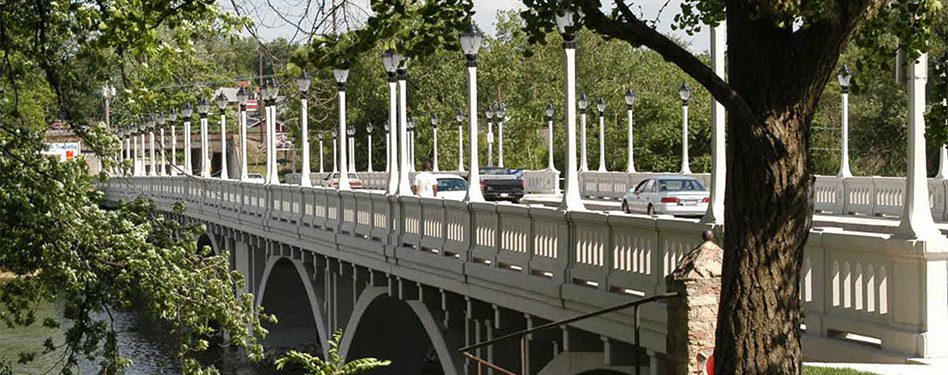
TRANSPORTATION
Bridges
Whether you want to replace a deficient structure, span a roadway or water, or create a tunnel, precast concrete bridge components provide the perfect solution. Designs include attractive single-piece arches, functional two-piece arches, conventionally reinforced flat bridges, parapets, wingwalls, headwalls and endwalls. Each system has its own specification for span length, span height and load capacity.
Precast concrete bridge components include single and two-piece arches; girders; box, bulb-tee, tie and I-beams; deck slabs; caps; piers; parapets; wingwalls, headwalls, endwalls; railings; double tees; segmental components; retaining walls (e.g. MSE and gravity); abutments and architectural components.